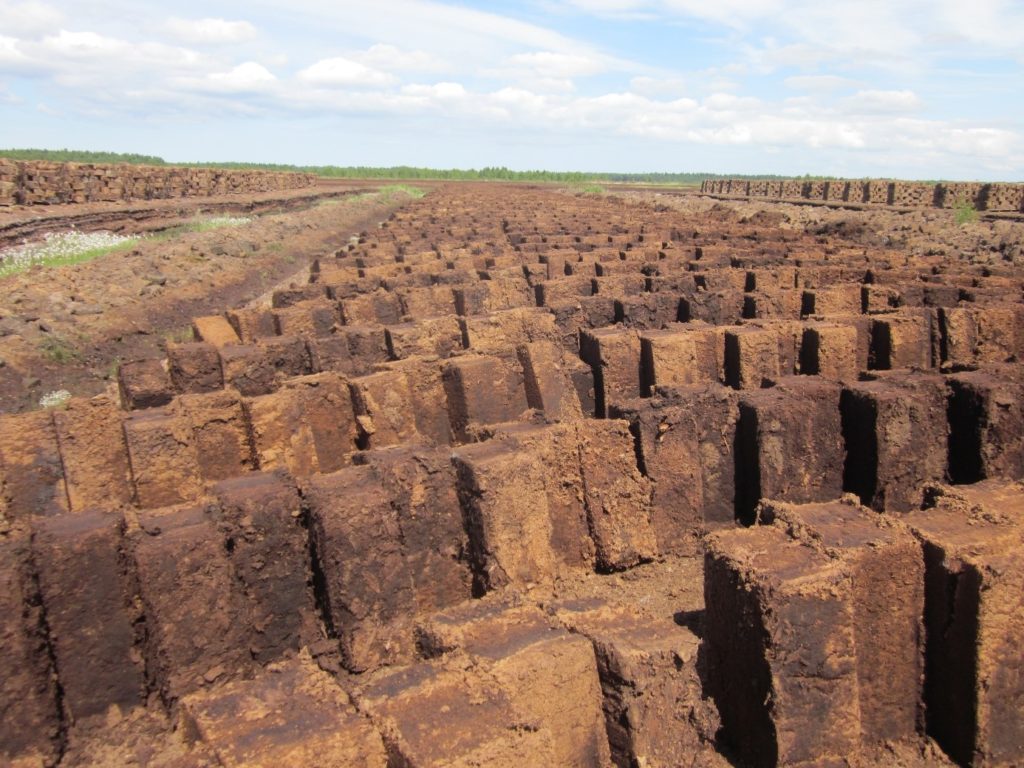With this article, we focus on our peat-based growing media. The majority of growing media is based on peat because peat offers some exquisite properties that are generally loved by plants. The mixtures we bring to the American market are different from the ones you might be used to. They are based on a totally different type of peat: the best peat of European origins.
Main benefits our products bring to growing
Our products offer consistent performance and good properties throughout the growing period. With these growing media based on European peat, you are ensured of:
- the highest air-filled porosity, even without having to add perlite;
- a strong and stable structure;
- a very low dust content;
- proper drainage and overall hydrodynamics;
- maximum enhancement of root development.
Different coarseness
So, why can the use of European peat ensure us of all these great properties? That has to do with the way we harvest the peat and the way we treat the harvested peat. Peat generally supplies the main structure and stability to a blend.
Thanks to our state-of-the-art screening equipment we are able to preserve the natural properties of different peat fractions and select specific fraction sizes. This way we ensure that every growing requirement can be supported optimally. As a result, we can offer a wider variation of fraction sizes and are able to offer more coarse mixtures. We even can make sure dust is removed from our blends.
Dust, a real issue
Most peat-based growing media on the American market contain peat of a rather fine structure. This means there’s less air in these mixtures since the dust particles (0-1mm) fill pores and reduce air-filled porosity. This causes other issues, such as high capillarity forces, too little air availability to the plant roots and plants that are more susceptible to diseases. However the addition of other materials like perlite and bark can partially solve this issue, it does not remove the issues entirely.
That’s exactly why we take great care of our peat fractions to ensure there is no dust in the mixtures. Our modern equipment enables us to remove dust from finer growing media, ensuring you of the best properties, without the need to add perlite.
European peat: block peat
There are two main methods of harvesting peat from peatlands. One is the horizontal extraction method that is most common and delivers milled peat. The peat is extracted by grubbing and milling it, which partially breaks down the natural structure. In addition, this harvesting method can result in pollution by pieces of wood from the bog. The process to filter out this wood actually causes more harm to the structure.
The second extraction method is quite different. We use a specific vertical extraction method to harvest high-quality block peat. This type of peat is harvested solely from European peatlands. We use this specialized type of peat to create more coarse fractions for potting mixtures. This is a great material for it as it keeps its structure perfectly well. Block peat takes about 2 years to dry in a sheltered environment. As a result, this European peat had a much more stable and durable structure.

With this excellent material, it is much easier to control all the growing parameters and finetune air distribution as well as hydrodynamics (Easily available water, Container capacity, Drainage, Water buffer, etc.).
So, to conclude, our high-quality growing media based on European peat excel on many levels thanks to our specialized screening and harvesting techniques, ensuring you of easy and reliable growing. Have a look at our products or contact our team to learn more.
Read this related article if you’d like to learn more about the safety of our growing media.
